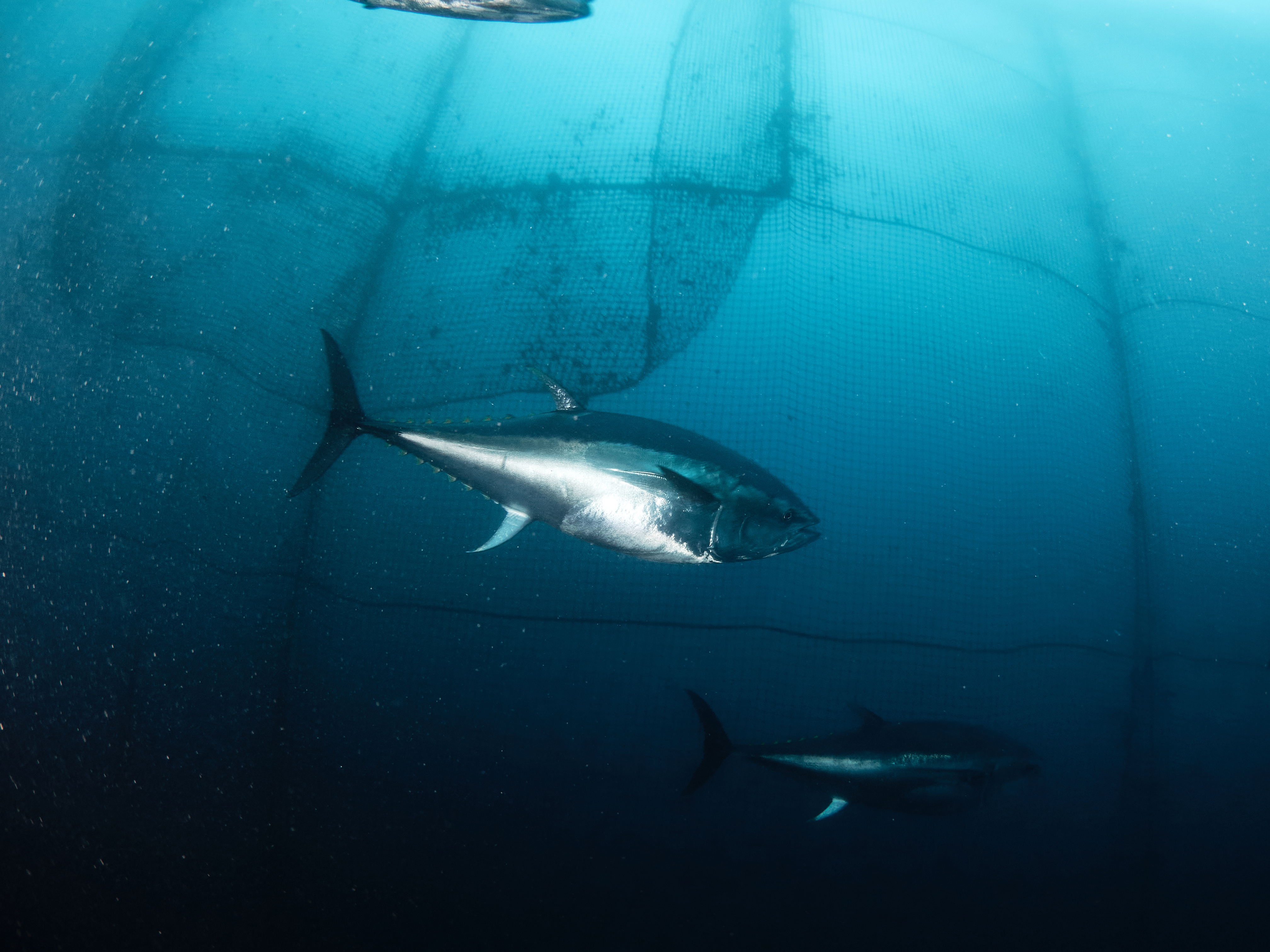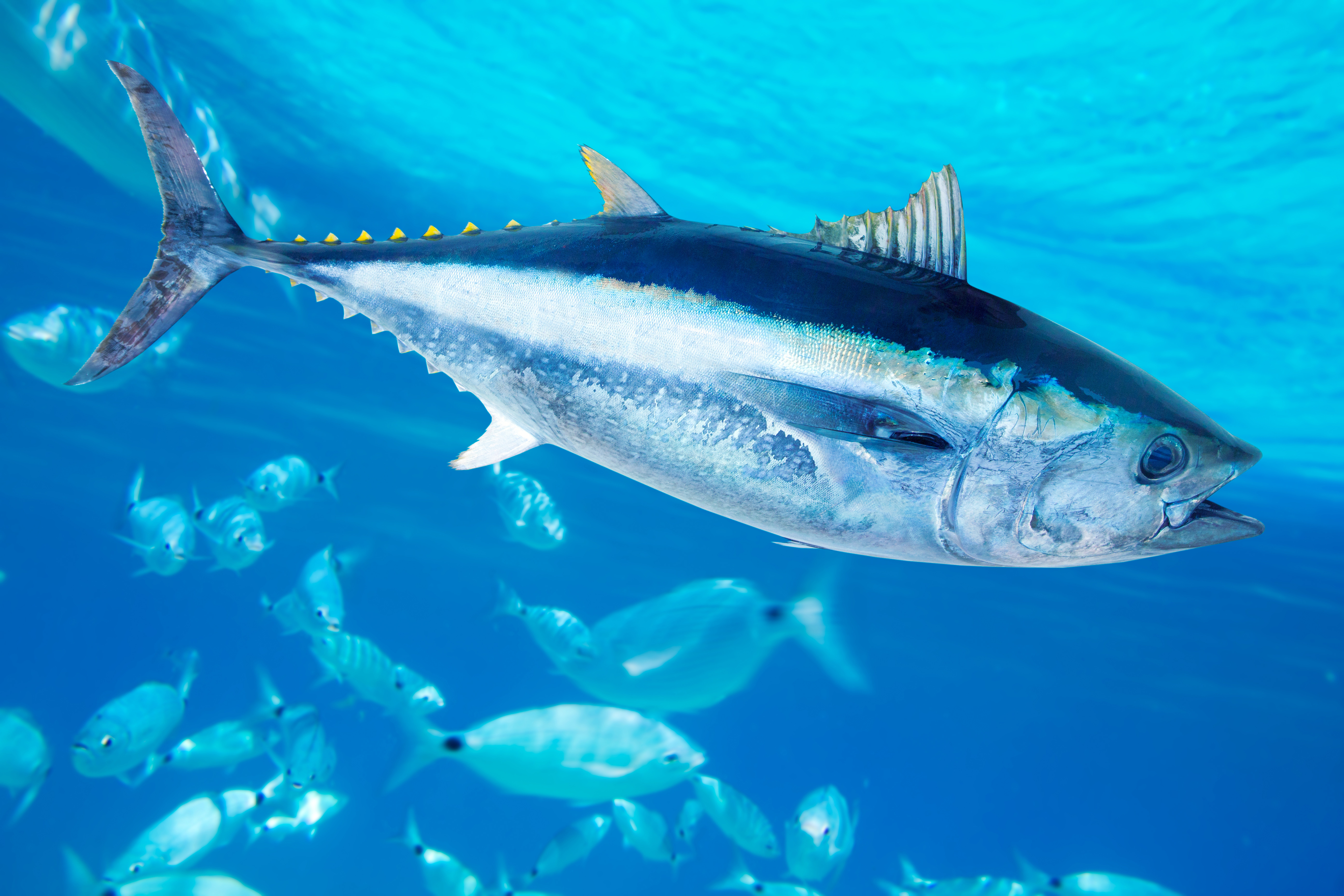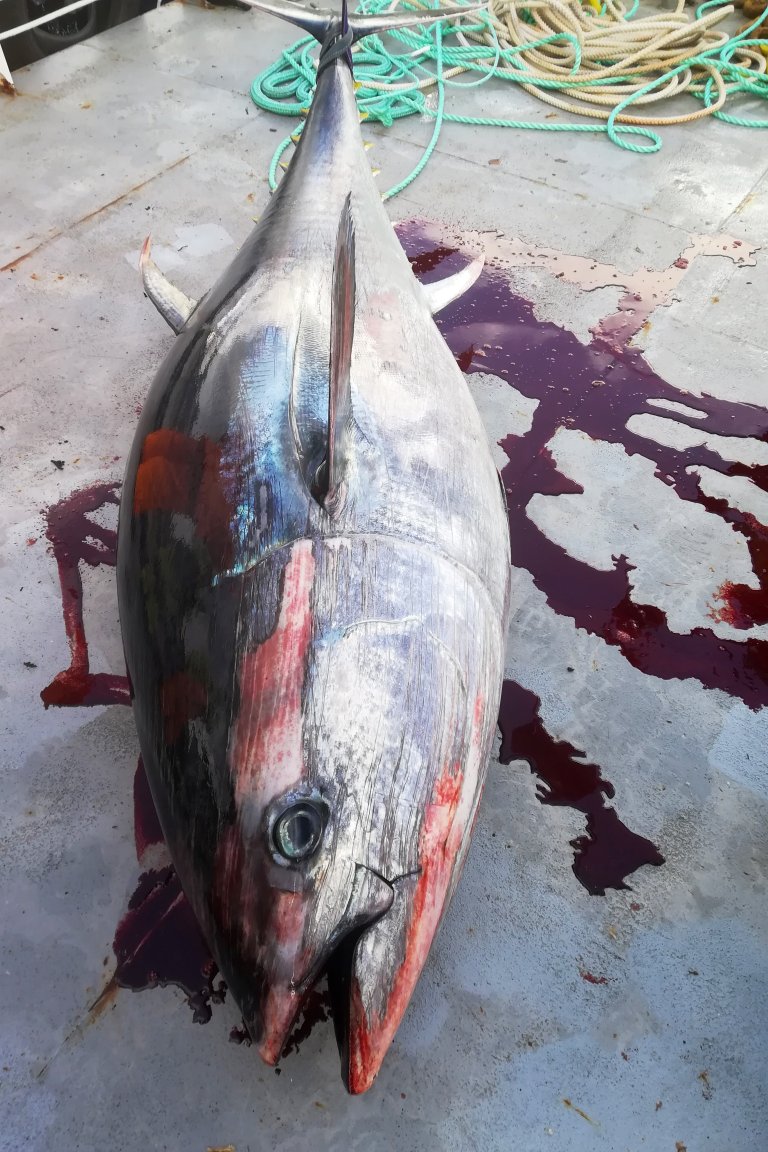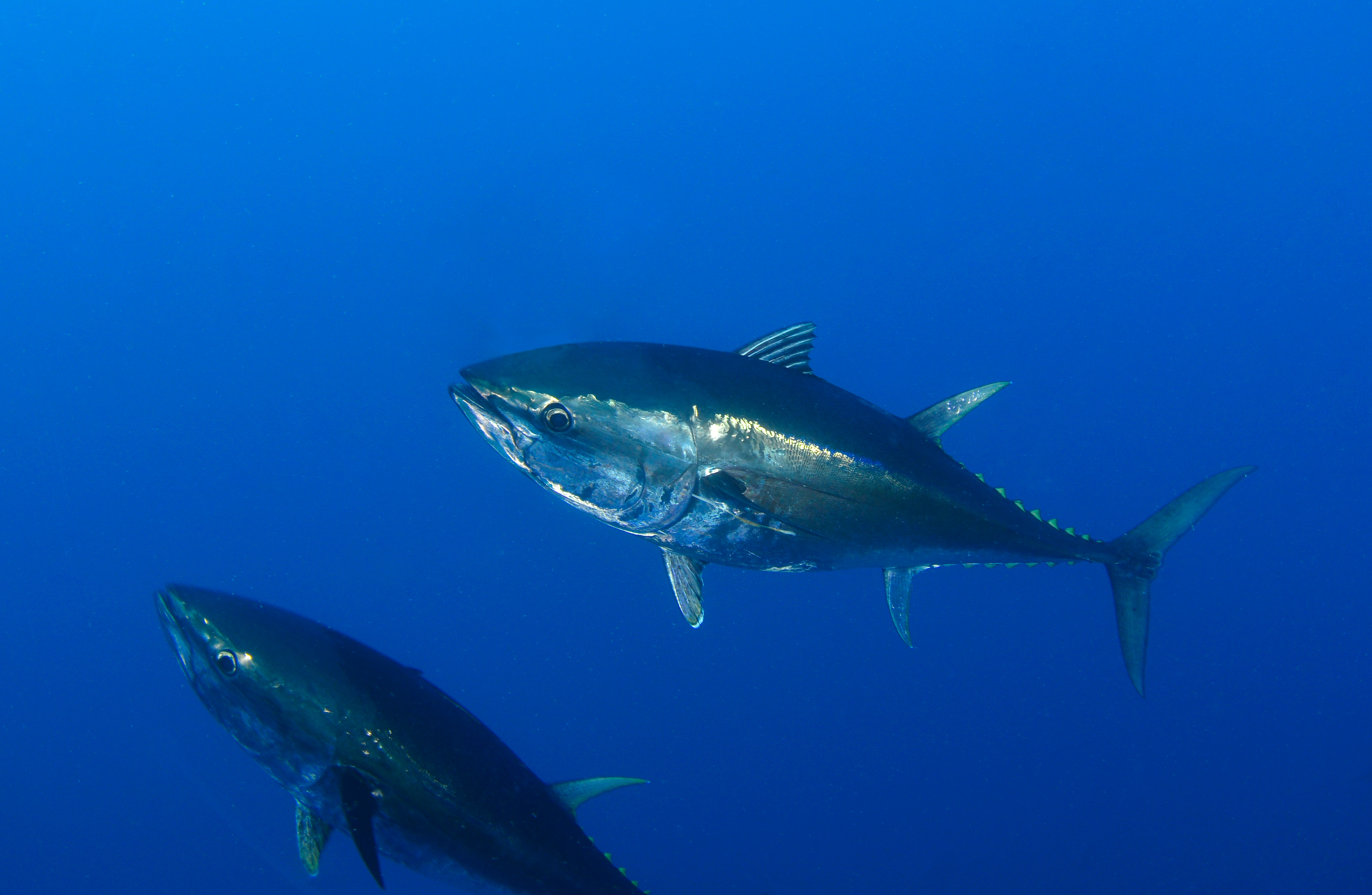Smash and grab

Farmed salmon are facing a new threat in the form of hungry bluefin tuna, reports Vince McDonagh
Norway’s salmon farmers are facing a new threat from a powerful predator.
Large tuna fish are breaking into fish farm facilities, allowing thousands of salmon the opportunity to escape.
It is no longer an isolated problem. Salmon companies are reporting an increasing number of incidents.
The Norwegian Directorate of Fisheries says a record number of mackerel sturgeon – an alternative name for the Atlantic bluefin tuna (Thunnus thynnus) – have been detected along its country’s coastline in recent months, which suggests their numbers are growing.
Mackerel sturgeon are not to be confused with the various sturgeon species from the Acipenseridae family, which can live in both freshwater and coastal saltwater environments. They are large predators and also highly prized for their pink meat.
Salmon escapes are not only costly and can lead to heavy penalties; they can also create cross-breeding problems with their wild cousins.
Such attacks were relatively rare not so long ago; however, 2023 looked like a record year for such incidents and in general, for bluefin tuna sightings along the coast.
Most of the major farming companies and more than a few smaller producers have suffered in recent years – and the bluefin tuna also seem to be getting bigger.

Bluefin tuna
Three months ago, a whopping 375kg fish bored into a net at a Lerøy Seafood facility.
They are probably after food but at the moment, the directorate is not entirely certain whether they are after the salmon inside the cage or the salmon’s feed.
Another suggestion is that these assailants think the salmon are a school of mackerel, a species they hunt on a daily basis. Based on incidents so far reported to the directorate, this assumption now appears to be incorrect.
Whatever the reason, such attacks are creating additional problems for Norway’s salmon farmers, who are already battling a raft of biological issues.
Øyvind Grøner Moe, Senior Adviser at the environment section of the Directorate of Fisheries, says: “The reason why the mackerel sturgeon enters the cage is most likely linked to food intake.
“But it is still uncertain whether it is the fish inside the cage or fish on the outside they are looking for.”
This is because the sturgeon (tuna) are often around the cages when the salmon are being fed, he maintains.
It might also be down to poor appetite and changed behaviour, which has been observed on feed cameras in the cage on a number of occasions, he adds.
The directorate says there is no indication that the size of the farmed fish have any bearing on why the sturgeon get into the nets.
The range extends from freshly released fish to ready for slaughter and everything in between.

Mackerel Sturgeon
What can the farmers do?
Despite its size (an individual has been recorded as weighing as much as 680kg), the bluefin tuna leaves a relatively small hole in the net when it enters. In almost all incidents, the breach is reported to be around 60cm in diameter.
This corresponds to physical measurements carried out on sturgeon, which show that the height (the widest point of the fish) is approximately 60cm.
Where the hole is located seems to be somewhat random. Reported incidents show a depth of anywhere from 3m to 31m.
Experience shows it is not always easy to spot the tuna in the cage. In several cases, it is the hole that is discovered first.
The East Atlantic bluefin tuna population spawns in spring in the Mediterranean. After spawning, the sturgeon embark on a feeding migration to, among other places, Norwegian waters, where they usually appear from August to November, the period when the majority of attacks are reported.
Based on previous experiences, the directorate has now prepared a guide for handling such incidents.
The advice includes:
• Pay extra-close attention to the behaviour of the farmed fish in the August to December period.
• Vestland and Trøndelag are the regions most at risk but this may change.
• A hole of approximately 60cm in the August to December period may indicate mackerel sturgeon in the net.
• Follow the Directorate of Fisheries’ guide for handling bluefin tuna in nets in the event of an incident. Incorporate this into the company’s emergency plan well in advance of the start of the season.
The Directorate of Fisheries expects that businesses in exposed areas have assessed the risk of incidents involving bluefin tuna in nets and that suitable measures have been put in place. Measures can take the form of training personnel to be able to detect incidents early or holding emergency drills.

Bluefin Tuna
Salmon companies also have to be careful how they treat the surgeon as killing them is, in most cases, illegal.
The bluefin tuna population is regulated by the International Commission for the Conservation of Atlantic Tunas (ICCAT). In October 2009, ICCAT stated that Atlantic bluefin tuna stocks had declined dramatically over the last 40 years – by 72% in the Eastern Atlantic and by 82% in the Western Atlantic. In 2021, however, Atlantic bluefin tuna moved from the endangered category to the least concern category on the International Union for Conservation of Nature Red List of Threatened Species.
ICCAT has strict regulatory requirements for its member states and with this comes requirements for reporting, which aquaculture businesses must follow. Among other things, in Norway a permit must be issued from the Directorate of Fisheries before the bluefin tuna can be killed. It is recommend the fish be caught using an a special orkast seine net.

